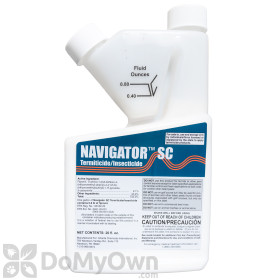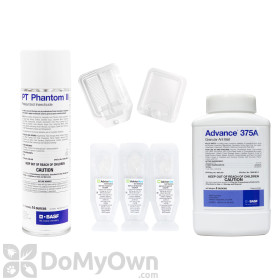Chlordane: Description & History
Chlordane does not occur naturally in the environment on its own, but rather is a mixture of over 50 related chemicals. Chlordane was first sold by the Chevron company in 1948 as a white powdery dust that became a colorless to thick amber liquid when mixed with water. Chevron marketed Chlordane as an ant killer, but it was also used on corn and citrus crops, home lawns, and gardens.
Chlordane Mode of Action
Chlordane attacks the central nervous system of pests by blocking chemical signals and enzymes, causing overstimulation. The result of this overstimulation is paralysis and death.
Chlordane Banned in 1988
In 1983, the EPA (Environmental Protection Agency) banned all uses of Chlordane except for termite control. This ban of Chlordane took place because of a concern for damage to the environment and the potential of Chlordane to cause cancer. Later in 1988, the EPA banned all uses of Chlordane. Today, Chlordane can still be manufactured legally in the United States, but may only be sold to and used by foreign countries.
Chlordane is no longer available for use in the United States as a treatment for ants, termites, or any other pests. Products with the active ingredient bifenthrin will provide long-lasting control of these pests and many others. Our assortment of ant control products and and advice from our pros can help you with any size ant problem you may be facing.








